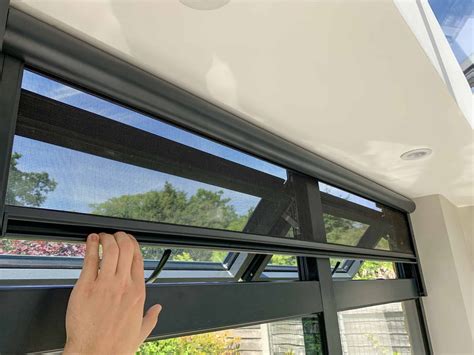In the realm of home comfort, the humble insect window screen plays a pivotal role in safeguarding our living spaces from uninvited pests while ensuring adequate ventilation. To fully harness the benefits and avoid common pitfalls associated with insect window screens, let’s embark on a comprehensive exploration of their design, installation, maintenance, and innovative applications.

Understanding Types of Insect Window Screens
The market offers a diverse range of insect window screens, each with unique characteristics and applications:
-
Fiberglass Mesh Screens: Composed of durable, flame-resistant, and moisture-resistant fiberglass, these screens are a budget-friendly option suitable for most homes.
-
Aluminum Mesh Screens: Renowned for their exceptional durability and see-through clarity, aluminum mesh screens are an ideal choice for areas with high insect traffic or exposure to extreme weather conditions.
-
Stainless Steel Mesh Screens: The epitome of durability, stainless steel mesh screens are virtually impervious to rust and corrosion, making them a wise investment for coastal regions or industrial areas.
-
Solar Screens: Designed to block harmful UV rays and reduce energy consumption, solar screens are a multi-functional solution for hot climates.
-
Retractable Screens: Offering the convenience of on-demand screening, retractable screens can be rolled up and stored when not in use, providing seamless integration with your décor.
Choosing the Right Screen for Your Needs
Selecting the appropriate insect window screen involves consideration of several key factors:
-
Climate: In regions prone to heavy rainfall or humidity, moisture-resistant materials like fiberglass or aluminum mesh are recommended.
-
Insect Population: Areas with high insect activity warrant durable screens made from aluminum mesh or stainless steel.
-
Ventilation Needs: For optimal ventilation, choose screens with a higher mesh density, allowing ample airflow while keeping insects out.
-
Aesthetics: Match the color and design of your screens with your home’s exterior décor for a harmonious appearance.
Installation and Maintenance of Insect Window Screens
Proper installation and maintenance are crucial for ensuring the longevity and effectiveness of insect window screens:
-
Installation: Use secure fasteners to attach the screen frame to the window frame, ensuring a snug fit. Avoid gaps or loose connections to prevent insects from infiltrating.
-
Cleaning: Regularly remove dust, dirt, and debris from the screen surface using a vacuum cleaner or soft brush. Avoid harsh chemicals that could damage the mesh.
-
Repairs: Inspect screens periodically for tears or holes. Mend them promptly using patches or screen tape to maintain insect protection.
Innovative Applications of Insect Window Screens
Beyond their primary purpose, insect window screens can be ingeniously utilized in various creative applications:
-
Insect Habitat Enclosures: Build custom enclosures using insect window screens to create protected spaces for insect observation or breeding in controlled environments.
-
Greenhouse Ventilation: Enhance greenhouse ventilation while protecting plants from insects by employing insect window screens on windows and vents.
-
Pet Gates: Reinforce insect window screens to create temporary pet gates, preventing furry companions from wandering outside.
-
Room Dividers: Install insect window screens as room dividers to separate spaces while maintaining airflow and natural light penetration.
Tips and Tricks for Insect Screen Success
-
Choose a Reputable Manufacturer: Opt for screens from established manufacturers known for their quality and durability.
-
Measure Accurately: Ensure precise measurements of your windows to avoid ill-fitting screens that compromise insect protection.
-
Inspect Regularly: Schedule periodic inspections to identify any damage or maintenance needs, ensuring optimal performance.
-
Use Insect Repellents: Supplement insect window screens with natural repellents, such as essential oils or insect-repelling plants, to enhance protection.
Common Mistakes to Avoid
-
Undersized Screens: Avoid screens that are too small for your windows, as they may not provide adequate coverage and allow insects to enter.
-
Loosely Installed Screens: Secure screens firmly to window frames to prevent gaps that could allow pests to infiltrate.
-
Dirty Screens: Neglecting to clean screens can obstruct airflow and reduce visibility. Regular cleaning is essential for optimal screen performance.
-
Damaged Screens: Ignore torn or hole-ridden screens at your peril. Repair or replace damaged screens promptly to maintain insect protection.
-
Overreliance on Screens: While insect window screens provide valuable protection, they are not foolproof. Utilize additional insect control measures, such as weatherstripping and insect repellents, for comprehensive protection.
Conclusion
Insect window screens are indispensable tools in the battle against unwanted pests, fostering comfortable and insect-free living spaces. By understanding the different types, choosing the right screen for your needs, installing and maintaining them properly, and embracing their innovative applications, you can reap the full benefits of insect window screens and safeguard your home from the irritations of unwelcome insects.
